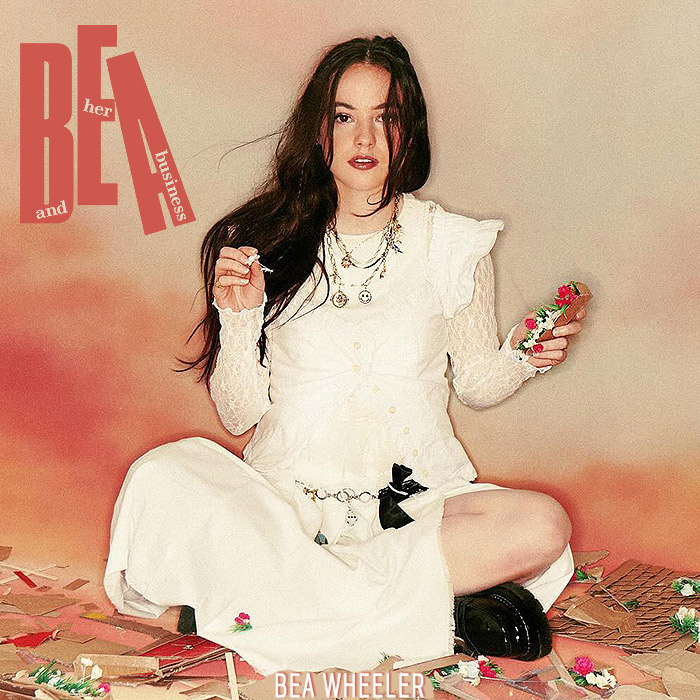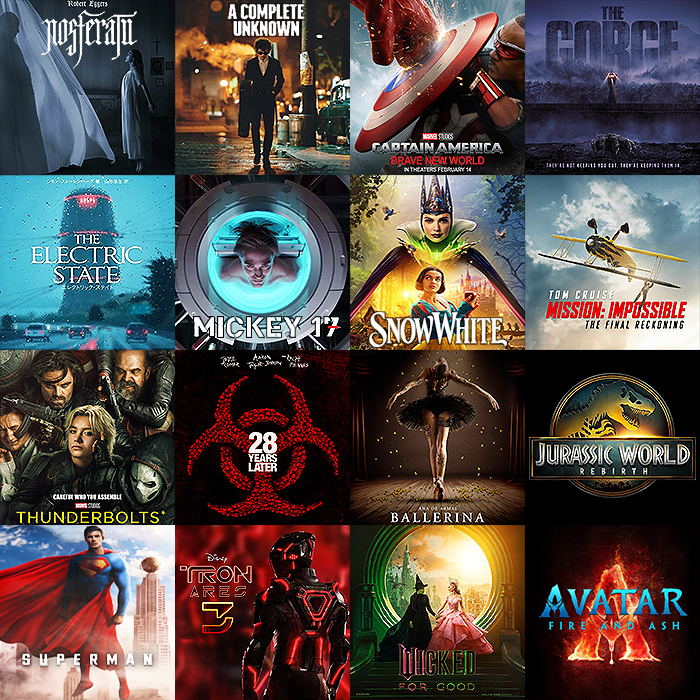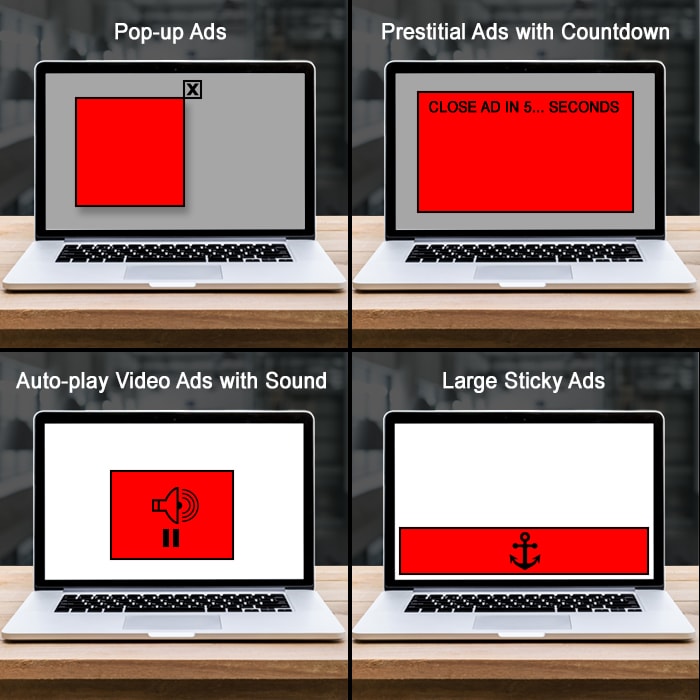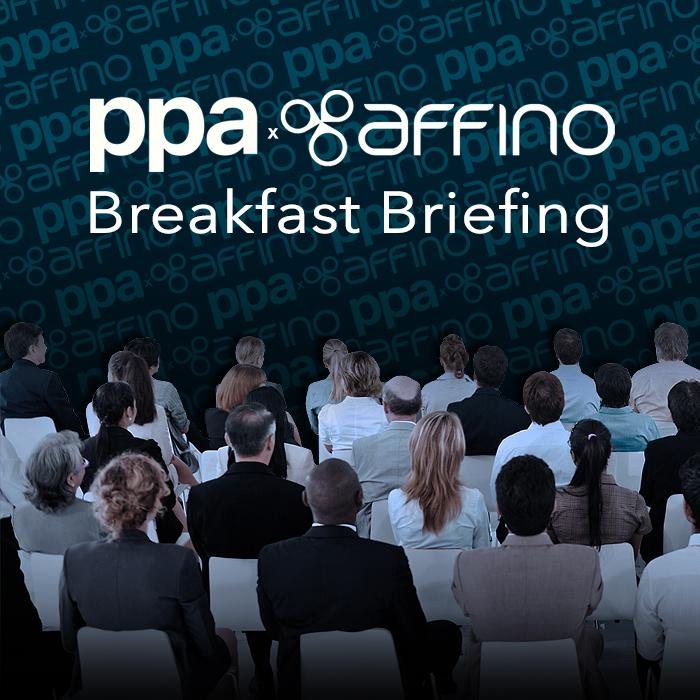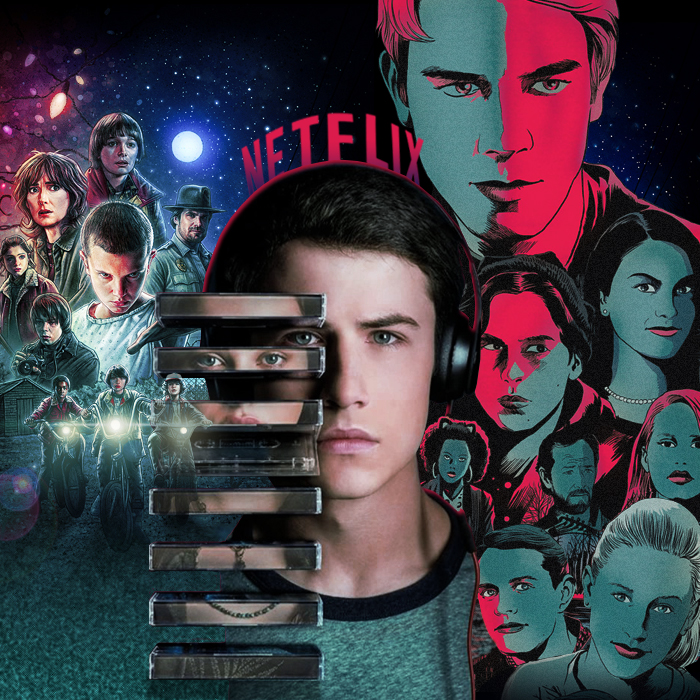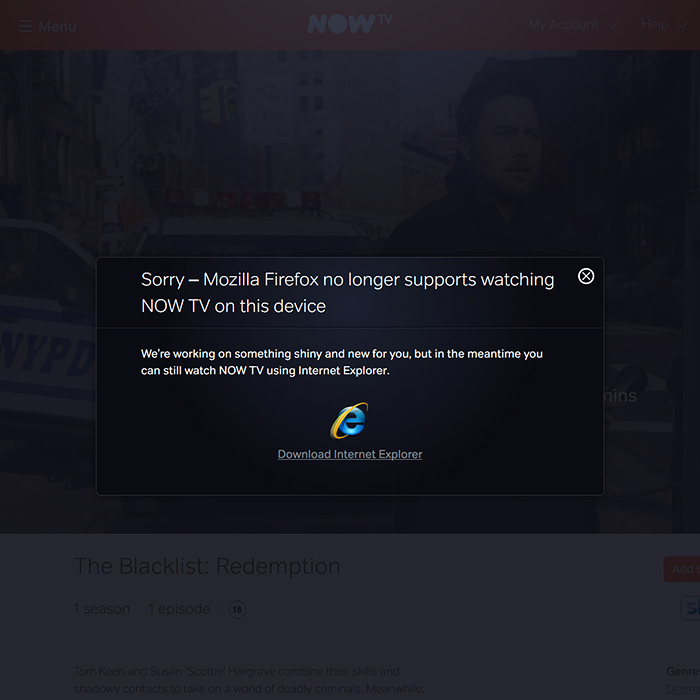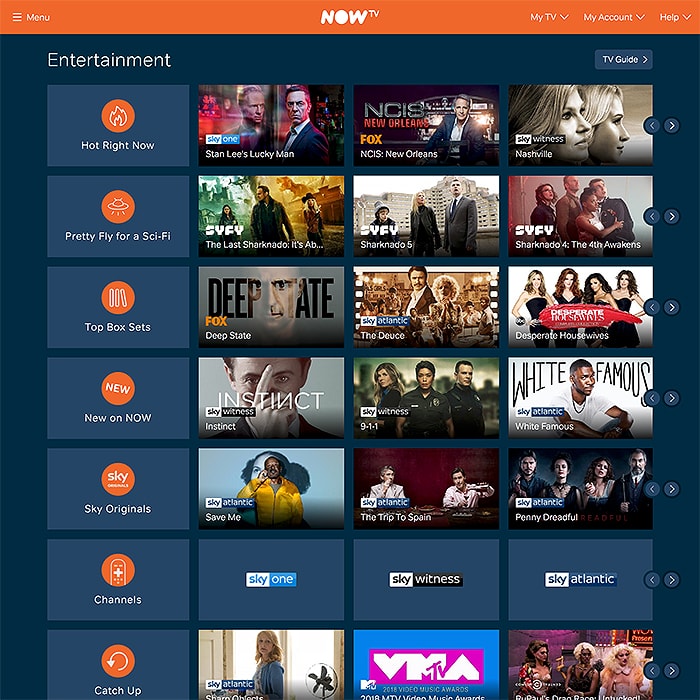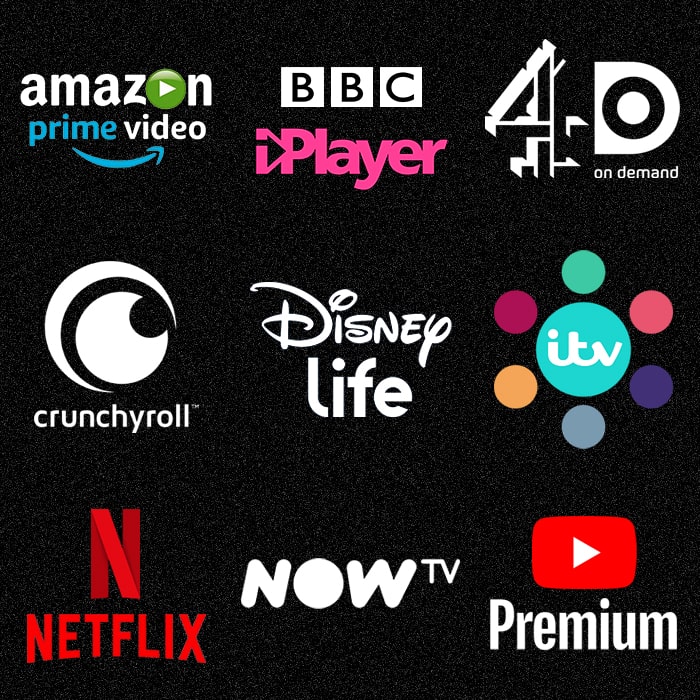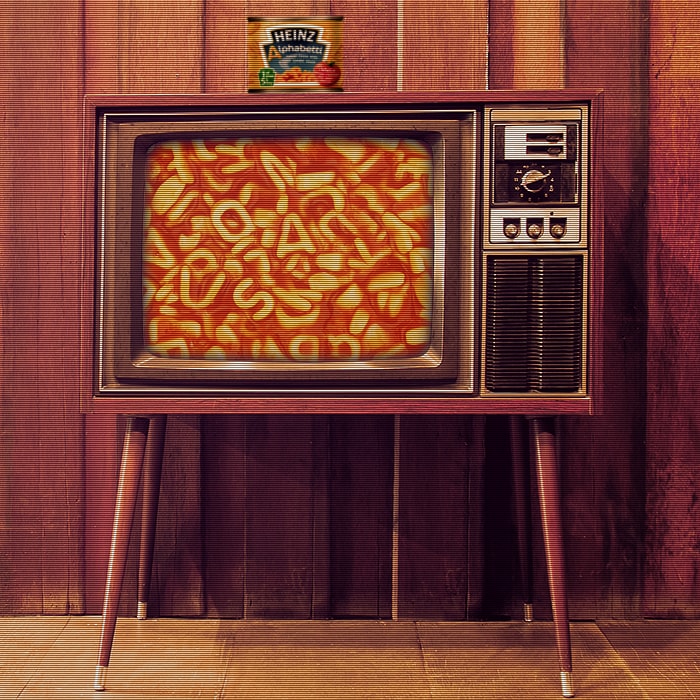Fall in ITV Advertising further underlines demise of traditional ad formats
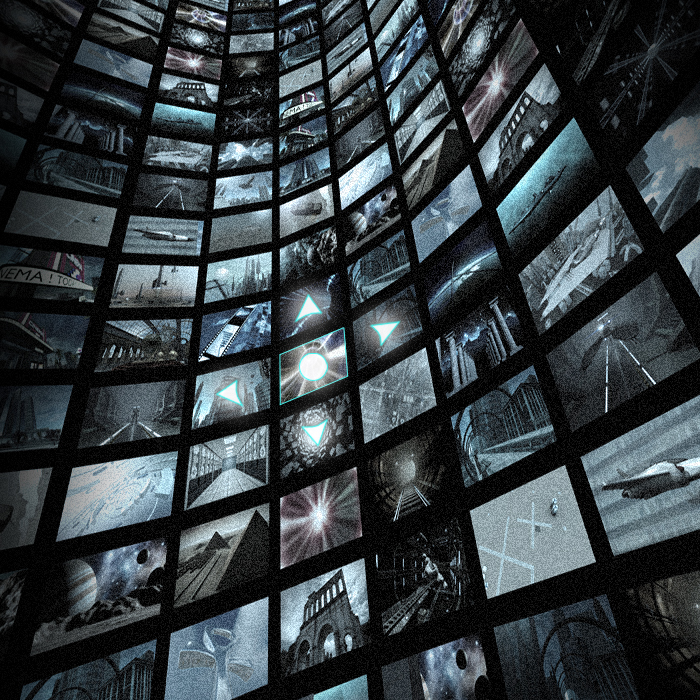
Consumer behaviour has been changing for a while now - most of us contemporary beings watch very little scheduled TV anymore. It’s really only my parents’ generation who watch TV to a schedule; everyone I know in my generation watches catch-up or on-demand - Netflix, Amazon, NowTV etc. My younger nephews and nieces are almost entirely tablet or laptop based now and spend most of their time on Apps or YouTube.
The thing is we have way more choices now via digital media than we ever did. Most of my TV Viewing happens on my big screen desktop - often while I work in the evenings or as I multitask other essential activities at the same time. With the web you just get more - and everything is integrated and within easy reach.
For my real TV, I have 4 different boxes / plugins to get all the channels I need - Apple TV, Amazon Fire TV Stick, Sony PS4 and BT YouView - and even with all of those, I still have more choices more easily accessible online. So that old fashioned Television lags a long long way behind. I don’t know a single person who sits through an adbreak any more - people check their mobiles, hit the bathroom or put the kettle on - and yes, even my parents’ generation.
It has been obvious that TV campaigns have diminishing returns, which is why the Pre- and Post-Roll Idents were invented - 30 second mini promo teasers that top and tail most TV Shows now - such as Talk Talk or Dominos sponsoring X-Factor.
Why advertisers then think the web is any different for more static media? The thing is it takes milliseconds to transport yourself to a different site with additional options available. Users are no longer fixed or limited in their position, if they don’t like something they can switch immediately and find a better alternative for them.
It also does not help that media companies don’t readily avail themselves of all the advances and innovations already available. Most video streamers are still pretty clunky when compared to Netflix. Amazon has been improving its user experience, but it still lags significantly behind. and Sky’s NowTV is just beyond ridiculously clunky, as are all the terrestrial TV catch-up services.
Netflix has already set the golden standard - others need merely emulate - the basic way episodes are laid out, accessed and seamlessly transition automatically should be something everyone can offer - why so many are incompetent in this regard is something of a mystery.
Online, it’s a similar story with traditional banner ads - as well as video pre-roll ads - I use my adblocker where I can, and usually skip video ads after the 5 second countdown. I cannot recall the last time I clicked on a banner - the medium does not interest me, and nor does the mechanic. BuzzFeed has been doing native advertising content for a very long time, but the problem with most clickbait content is that the punchline is largely in the title, and I’m not convinced that there is significant residual activity beyond social sharing and skimming. Probably fine for awareness campaigns, but limited for most other things.
My favourite guilty pleasure - reality show Made in Chelsea - has the format down pat. The whole episode is a loosely narrated series of product placements - all the bars, restaurants, shops etc. the key protagonists mill around pay for the privilege. The show is a huge success with music promotion too, being a launchpad to popularity for several acts, including serial chart toppers Clean Bandit. The main sponsor of the show which appears at the top and tail of the program and at either end of ad breaks is ’Revlon - The London Look’ a match made in heaven if ever there was one. Like it or not, this is the future of commercial television - and it manages to be entertaining almost regardless of its obvious limitations.
People may not see the parallels with traditional media - but they are all entirely there. Modern news and features media should be availing themselves more of Made in Chelsea style dynamics - they can use Sponsor idents for key Category segments, site areas and panels in newsletters too. They can pepper hugely relevant Native Advertising feature articles - art-directed and written by the same editorial team as does all the main content - to appear seamlessly, with same editorial tone of voice, and not at all overly salesy or in-your-face propagandist. Product Placement is another element that is underused - I can see dozens of applications - particularly in article imagery, for instance thinking of our Client - Farmers Guardian - there are loads of pictures with farm machinery featured in them - used to illustrate various articles, news, feature and otherwise - why not get John Deere, New Holland or Massey Ferguson to provide a picture library of their various vehicles and devices and pay for the privilege. Media companies need images to accompany articles, so why no commercialise that as a revenue stream.
In advertising we talk about slipstreaming and speaking into someone’s listening - meaning that your targeted consumers must be amenable and receptive to your approaches. You can be subtle and understated and still hit a home run - if you have beautiful product photography featuring your manufactured output in real-life scenarios and showing it of to its best effect - you could also get a pass on negative features, say an article talking about the demise in tractor sales, it would not serve you well to be highlighted in such a context.
So it’s now all about softly softly and keeping customers within their original flow and mindset - you’re not trying to hijack their thought patterns - merely gently influence them towards you - at the very least a better appreciation or consideration for you.
For me, these are the cornerstones of modern advertising:
Idents
Either short 15-30 second video featurettes, subtle animated gifs, or simply sponsorship of certain real estate via a logo or similarly brand-oriented device. This could be a very elegant ’Category X Sponsored by Brand Y’ or something more extravagant in the form of a Fireplace or picture frame device construct. Lots of these are still too aggressive and shouty - by all means your message should be clear, but it should not detract so much from the content that it becomes a major distraction, and regular users / readers / consumers are dissuaded from following normal practice.
Native
Native Advertising is really just the advertorials of old with a new monicker. The problem now as then is that most of these aren’t done properly - I’ve fallen foul of advertorials in the past which were placed in the wrong part of the magazine, where the magazine’s look was changed at the last minute and the advertorial stood out like a sore thumb, and when the article was styled so blandly that it practically faded into the page. Great Native Advertising should maintain the same look and feel as other articles, feature similar visual imagery and similar tone of voice - it really must also be accompanied by the legend - ’Sponsored Article’ in a clear yet subtle manner. The grand irony in this is of course that much which masquerades as real news these days is anything but - the article has just been packaged in a different way earlier in the cycle. With so much ’fake’ news these days, and so many semi-official but disguised press releases - it’s almost a comfort to see someone actually state their commercial intentions. It is of course up to the editorial team to make sure the article is placed within the right context to the correct audience - if this is not done, then both sponsors and readership will be most displeased. Too much media these days it faceless, so end a Native Advertorial with a face shot of a real human being. and give their contact details so that interested parties can get in touch - this is what the sponsors want, and what will help the consumers too if everything is properly matched.
Placement
As I said previously there is such huge scope for Product Placement within features - this can be as sponsored advertising q.v., but also as industry expert opinion or comment. You can pay to be featured as a sector specialist - so that when your subject areas pop up - your opinions are sought for relevant industry quotes or commentaries. Publications and digital properties can also create content around placements - where you might have working parties or focus groups debating various current hot topics.
The advantage of most of the above is that they are wholly inline advertising exercises - you don’t break the readers pattern of behaviour and you don’t try to hijack their train of thought - you merely just feed into the content areas they already have an interest in ...

Did you find this content useful?
Thank you for your input
Thank you for your feedback
Upcoming and Former Events
Affino Innovation Briefing 2024
Webinar - Introduction to Affino's Expert AI Solutions - Session #2
Webinar - Introduction to Affino's Expert AI Solutions - Session #1
PPA Independent Publisher Conference and Awards 2023
Meetings:
Google Meet and Zoom
Venue:
Soho House, Soho Works +
Registered Office:
55 Bathurst Mews
London, UK
W2 2SB
© Affino 2024


